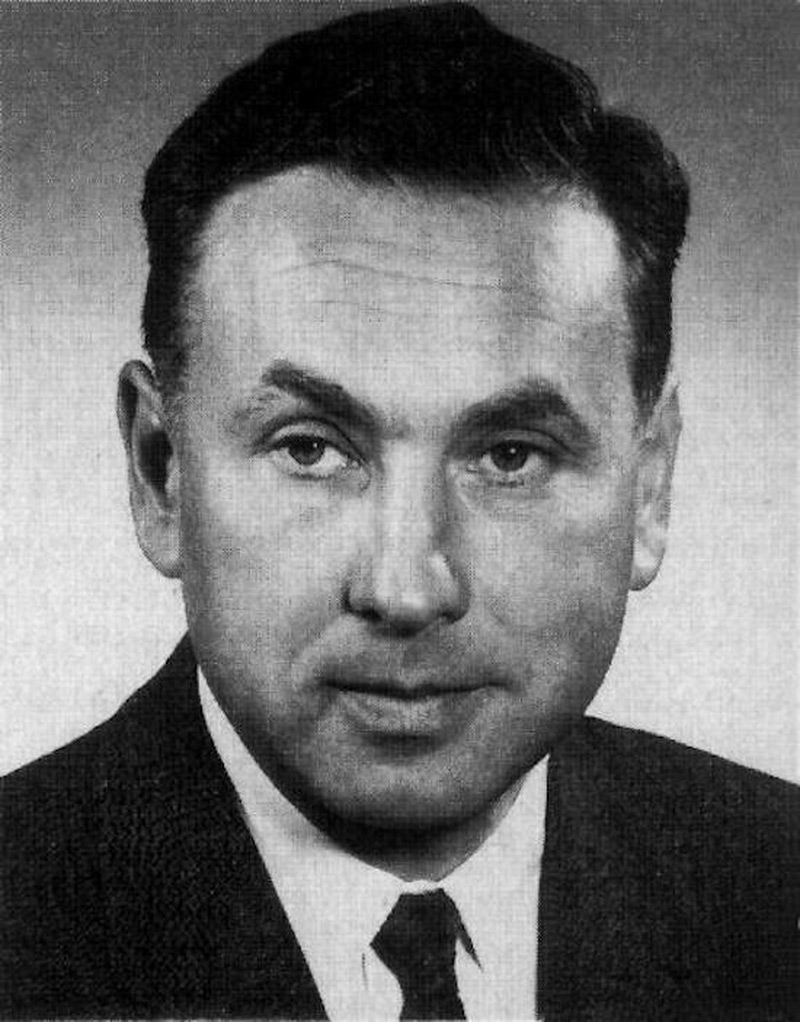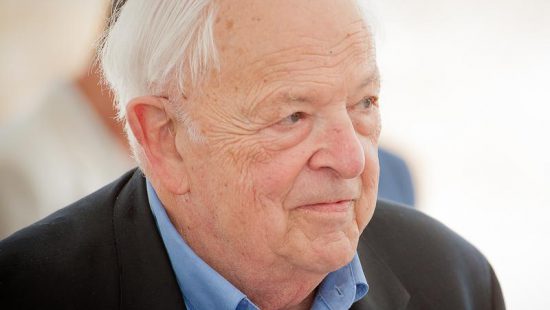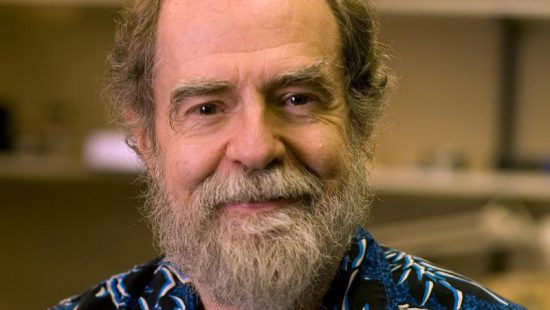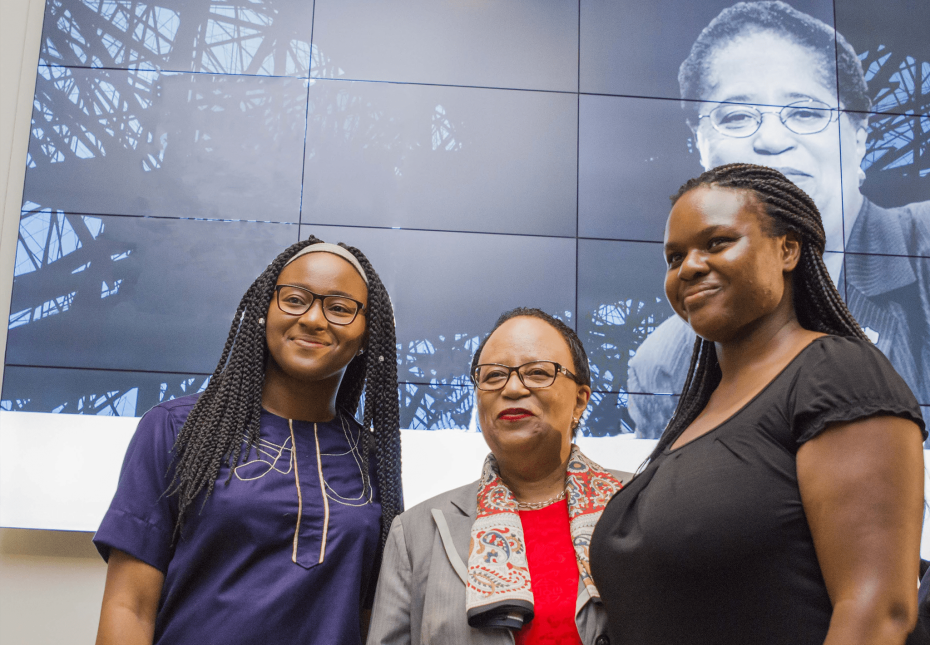Atoms – with their protons, neutrons and electrons – are the basic building blocks of the universe.
However, in the 1950s, certain aspects of these particles remained unknown until Robert Hofstadter and his team at Stanford University began to unravel the mystery.
Over a decade, Hofstadter researched the radius of neutrons and protons, which make up the atomic nucleus, determining a measurement of about 24 to 32 quadrillionths of an inch.
While at Stanford, Hofstadter led additional research into the nucleus’ structure. These experiments involved shooting a beam of electrons at various nuclear targets, studying deflections to paint a consistent picture.
For this work, he shared the 1961 Nobel Prize.
“Not only has this subject been long associated with the ideas of thinking men over the ages but its practical importance is attested to by the huge resources of men and material thrown at this type of work,” he said, accepting the honor.







